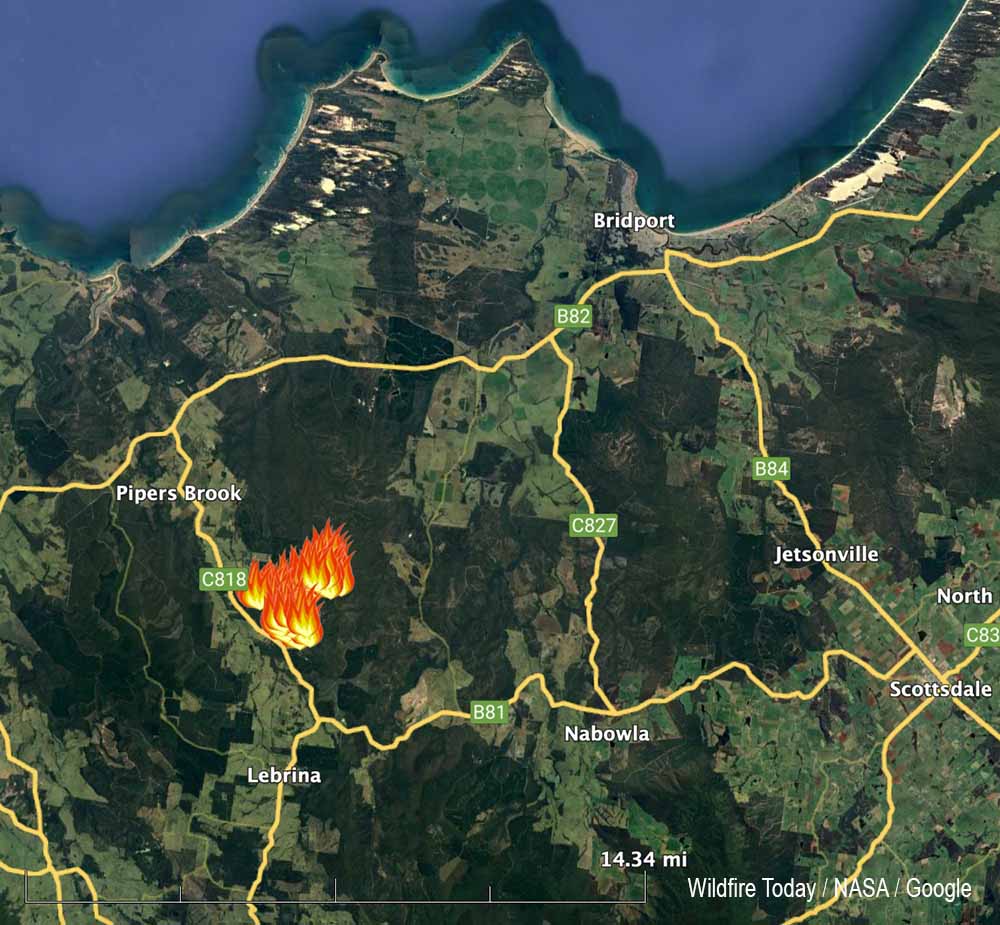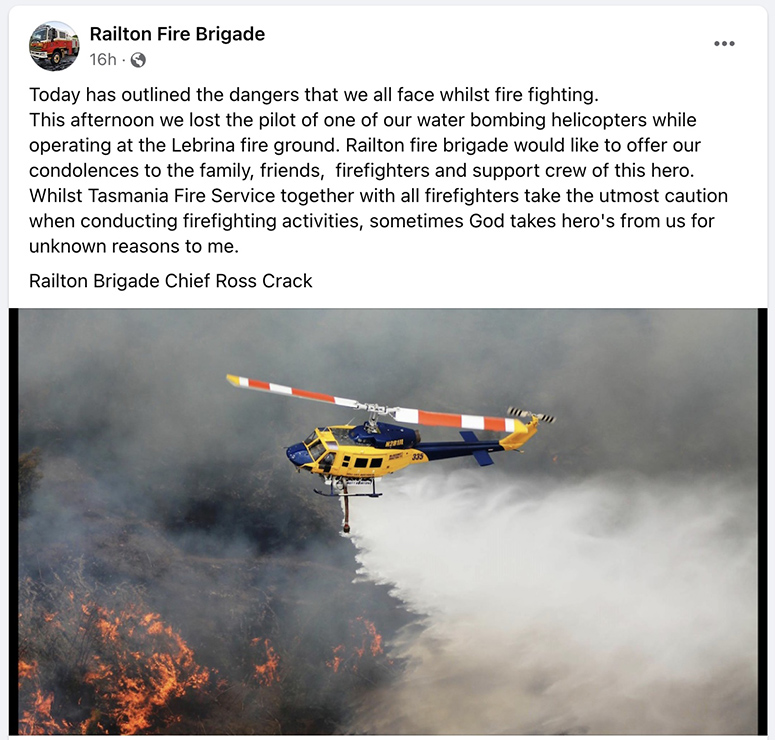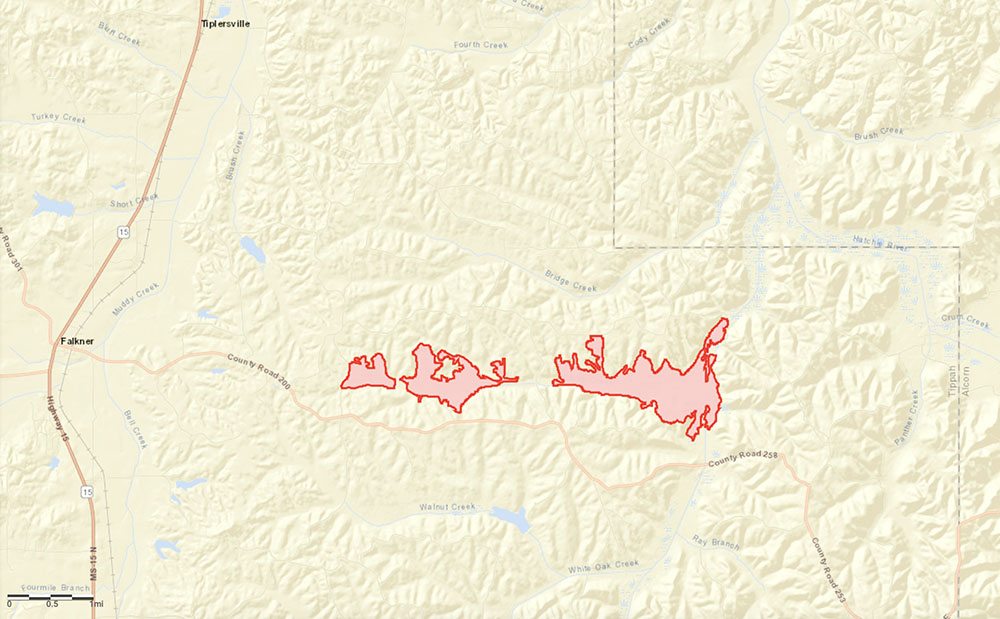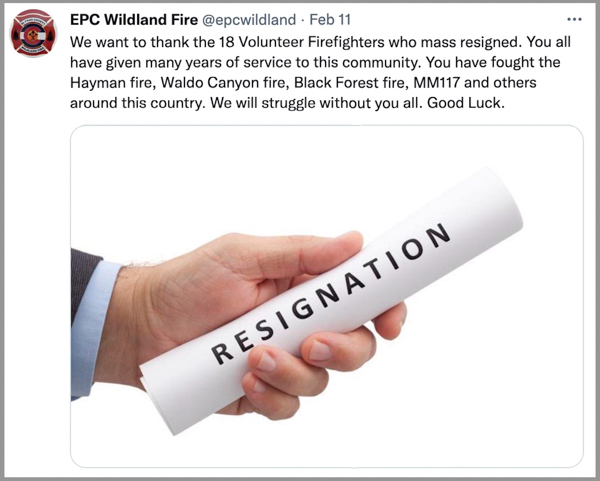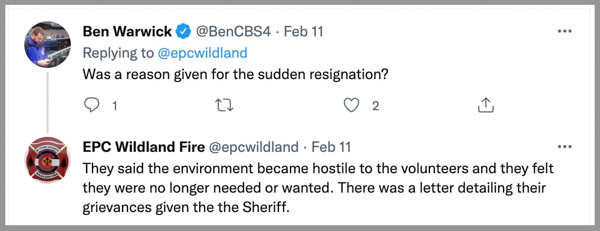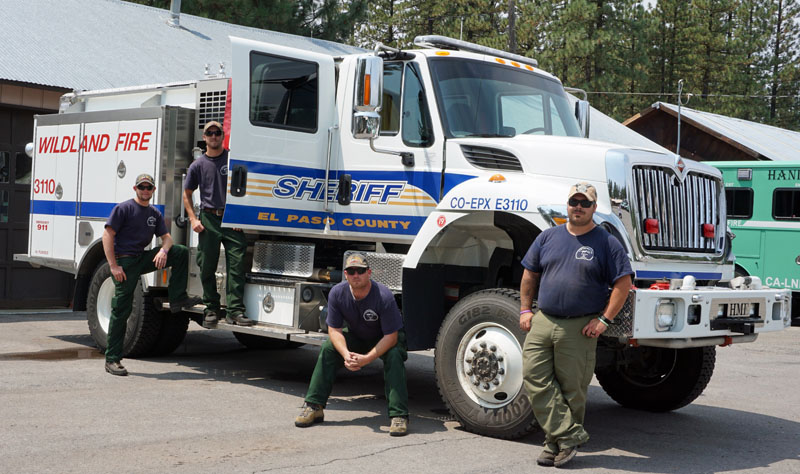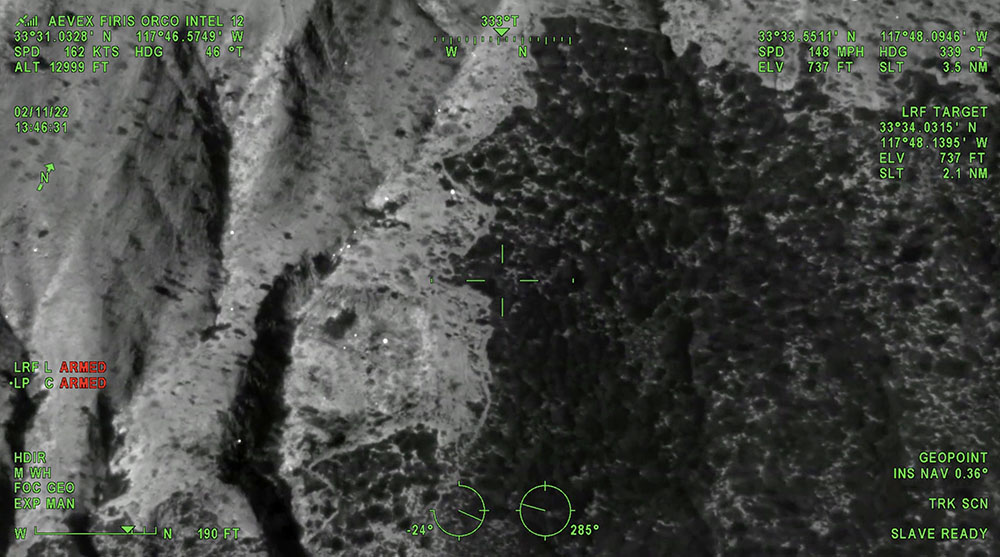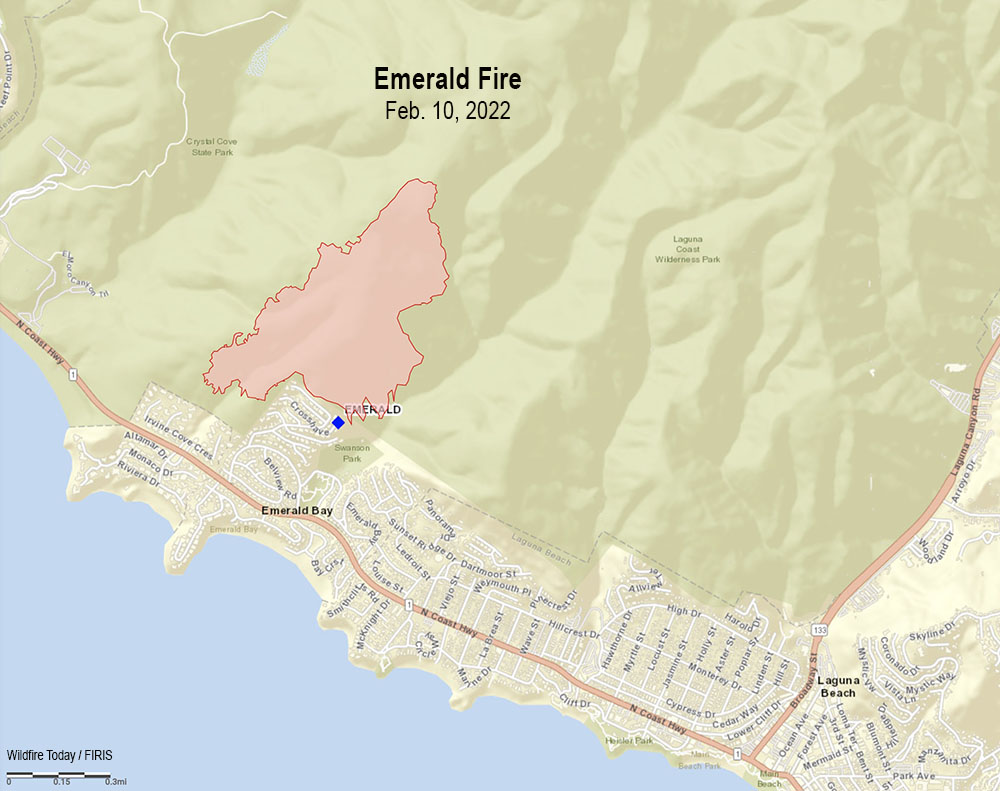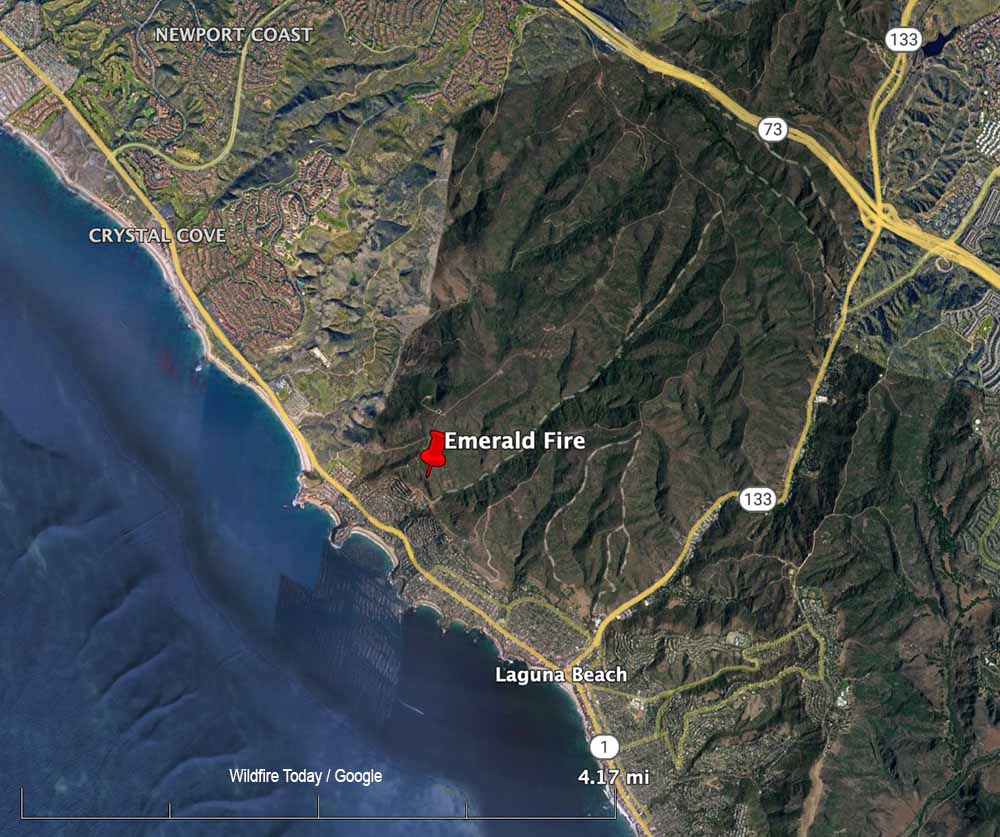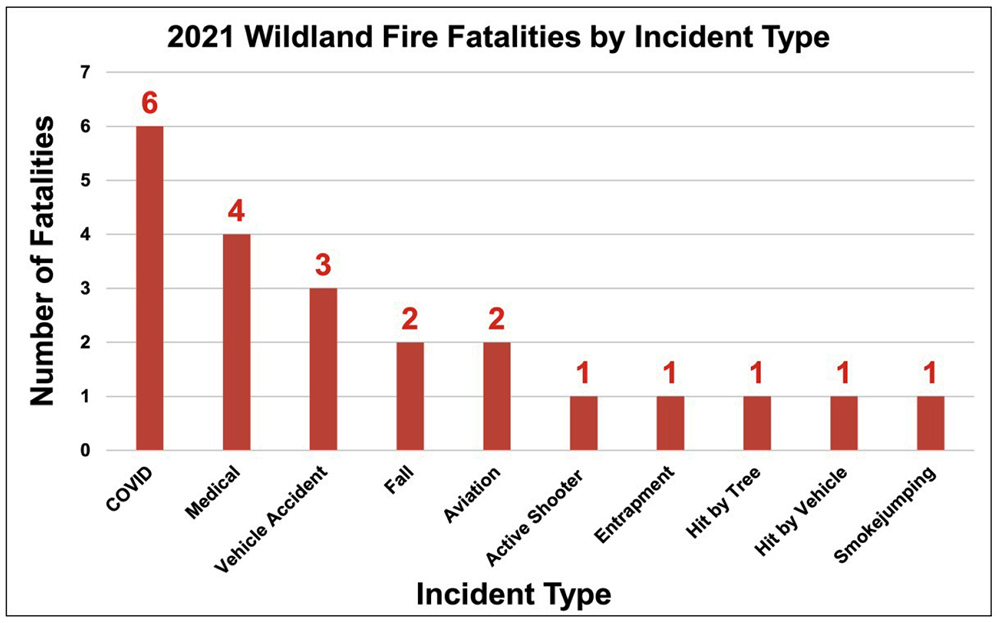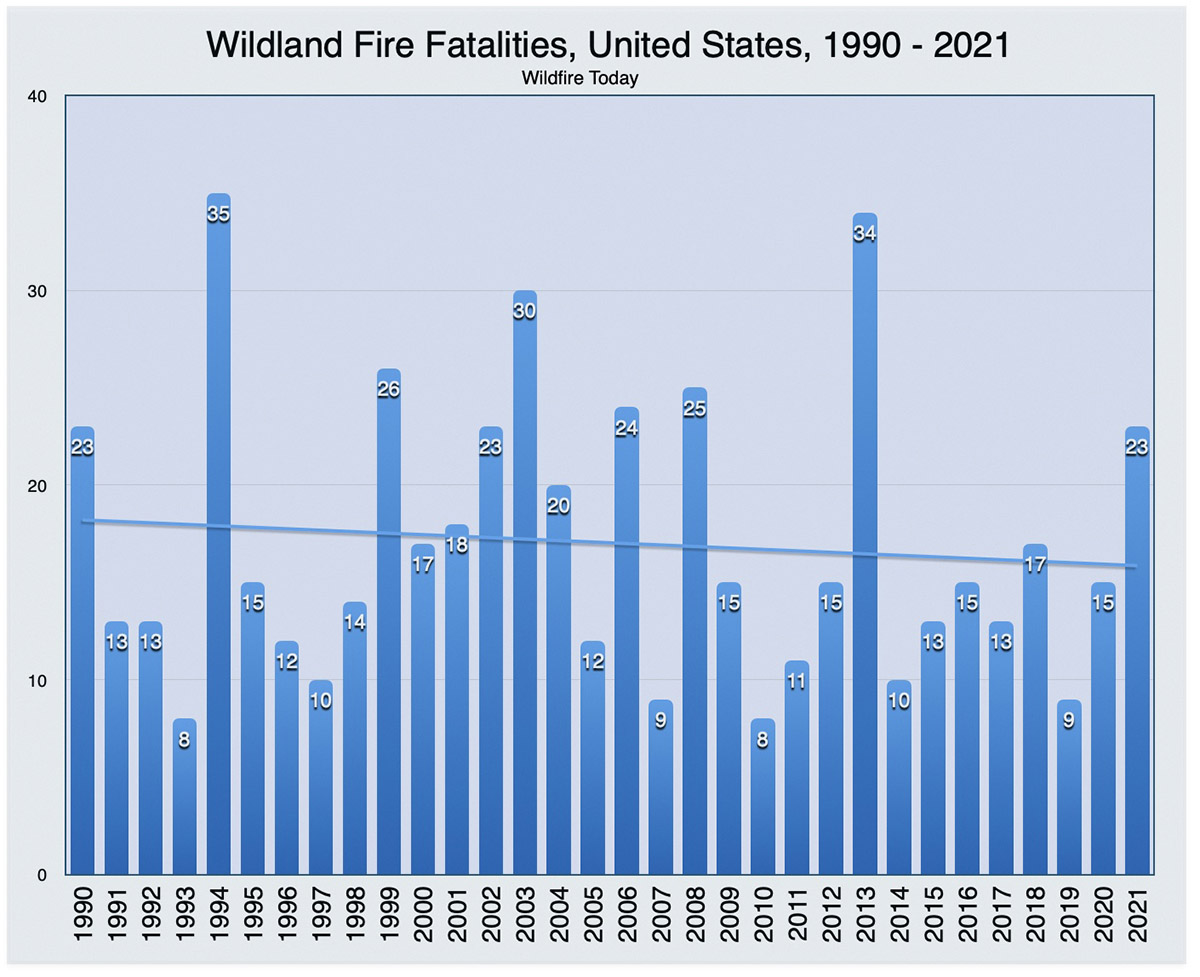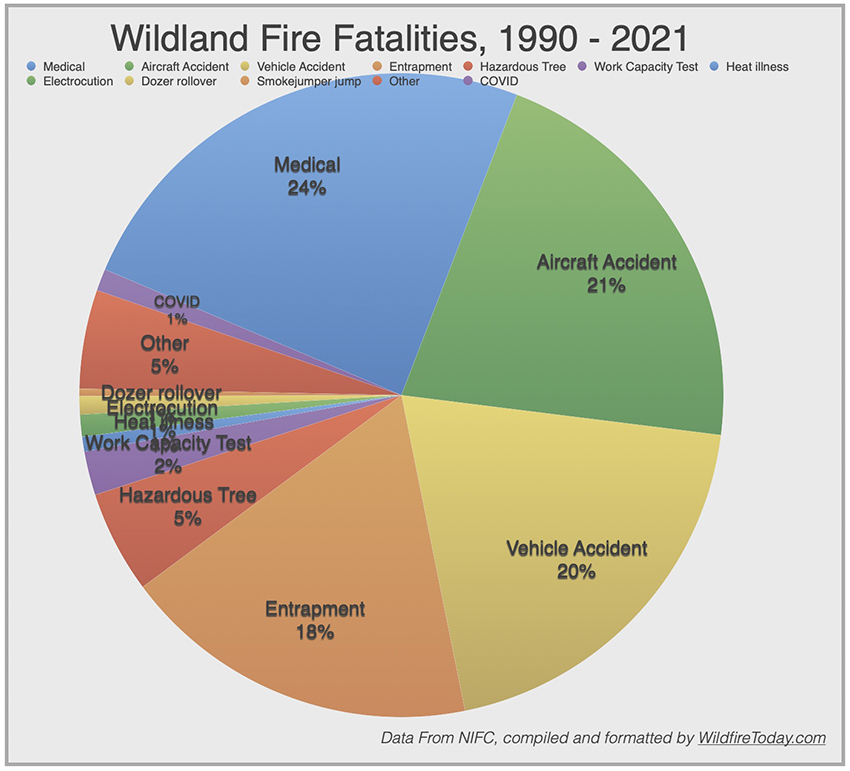
A bipartisan group of U.S. Senators has signed a letter urging the Office of Workers’ Compensation Programs (OWCP) to expedite the handling of death and injury claims of federal firefighters “in advance of the 2022 wildfire season.”
As we wrote on December 14, 2021, the federal agency responsible for supporting firefighters when they are injured on the job too often fails to reimburse them appropriately for medical bills and death benefits. A December 13, 2021 article at BuzzFeed News described numerous examples of firefighters who were seriously injured while working, then confronted with huge medical bills. Some were being hounded multiple times a day from bill collectors demanding money that should have been paid by the OWCP. Firefighters’ credit cards have been maxed out and credit ratings destroyed. Injured firefighters have routinely been reduced to setting up GoFundMe pages and depending on grants from the Wildland Firefighter Foundation.
A spokesperson for the OWCP told BuzzFeed News that the agency was in the process of developing new procedures and modifying existing policies. For example, a “Special Claims Unit,” which usually handles nontraditional requests, will now adjudicate “all new incoming firefighter claims.”
The Special Claims Unit already existed. The agency’s manual states that one of its duties is handling death benefits for members of the Armed Forces who die “in connection with service with an Armed Force in a contingency operation.” All of these claims for a death gratuity “are to be transferred to [the unit] immediately upon receipt for handling and response.”
One of the causes for the slow response to firefighters’ injury and death claims is a reduction in the number of OWCP claims examiners due to a declining budget over the last few years. The letter signed by the Senators does not address their responsibility for appropriating adequate funds to accomplish the mission.
“Federal wildland firefighters have recently reported difficulty getting their medical treatment costs for work-related injuries covered by the government within a reasonable timeframe,” Feinstein wrote in a letter to Christopher Godfrey, director of the Labor Department’s Office of Workers’ Compensation Programs. “This is simply unacceptable – these firefighters put their lives at risk to defend American lives and property, and they deserve our support.”
Feinstein continued, “Your commitment to establish a special claims handling unit is an excellent first step to remedying this situation; we urge you to follow through expeditiously and to focus on handling the claims of both federal wildland firefighters and structural firefighters…Given the urgency of the wildfire situation in the western United States, we request an update as to the status of this special claims handling unit at your earliest convenience.”
In addition to Senator Feinstein, the letter was signed by Senators Alex Padilla (D-Calif.), Ron Wyden (D-Ore.), Jacky Rosen (D-Nev.), Tom Carper (D-Del.) and Susan Collins (R-Maine).
The complete text of the Senators’ letter is below:
February 14, 2022
Mr. Christopher Godfrey
Director, Office of Workers’ Compensation Programs
Department of Labor
200 Constitution Ave. NW
Washington, DC 20210
Dear Director Godfrey:
We urge you to expedite the establishment of a special claims unit to handle firefighter compensation claims so that it can be in place before the start of the 2022 fire season. As you noted in your testimony before the House Committee on Education and Labor on December 2, 2021, federal firefighters who file claims with your office are facing many challenges, and it is our understanding that firefighters are sometimes unable to obtain compensation for their medical treatment, especially those who assert long-term illnesses attributable to their work.
As you know, wildfires in the West are becoming larger, more frequent, and increasingly hazardous. In 2021, the wildland firefighting national preparedness level was raised to its highest level on July 14 – the earliest date in a decade and the second earliest date in history – and required the active deployment of more than 80 percent of the nation’s wildland firefighting crews. We expect this trend to continue, requiring federal firefighters to be engaged for longer periods of time each year combating increasingly dangerous fires. As a result, firefighters will likely sustain more work-related injuries and will increasingly be exposed to conditions that can lead to long-term illness and injury.
Federal wildland firefighters have recently reported difficulty getting their medical treatment costs for work-related injuries covered by the government within a reasonable timeframe. These firefighters, facing bankruptcy, have been forced to seek assistance from the Wildland Firefighter Foundation or private fundraisers to pay their bills while they await reimbursement. We are similarly concerned that claims from firefighters diagnosed with certain cancers or other long-term illnesses associated with firefighting activities are simply refused. They are told that, because they cannot definitively prove the link between the illness and their job exposure, the federal government will not cover their medical expenses. This is simply unacceptable – these firefighters put their lives at risk to defend American lives and property, and they deserve our support.
Your commitment to establish a special claims handling unit is an excellent first step to remedying this situation; we urge you to follow through expeditiously and to focus on handling the claims of both federal wildland firefighters and structural firefighters. This new unit should ensure its examiners are aware of the particular risks facing firefighters and provide clear rationales for rejected claims to ensure that claims processing is efficient, accurate, and transparent. Given the urgency of the wildfire situation in the western United States, we request an update as to the status of this special claims handling unit at your earliest convenience. Thank you for considering our request, and we look forward to working with you to support the important work of our federal firefighters.
Sincerely,
Dianne Feinstein
U.S. Senator
Alex Padilla
U.S. Senator
Susan M. Collins
U.S. Senator
Jacky Rosen
U.S. Senator
Ron Wyden
U.S. Senator
Thomas R. Carper
U.S. Senator

